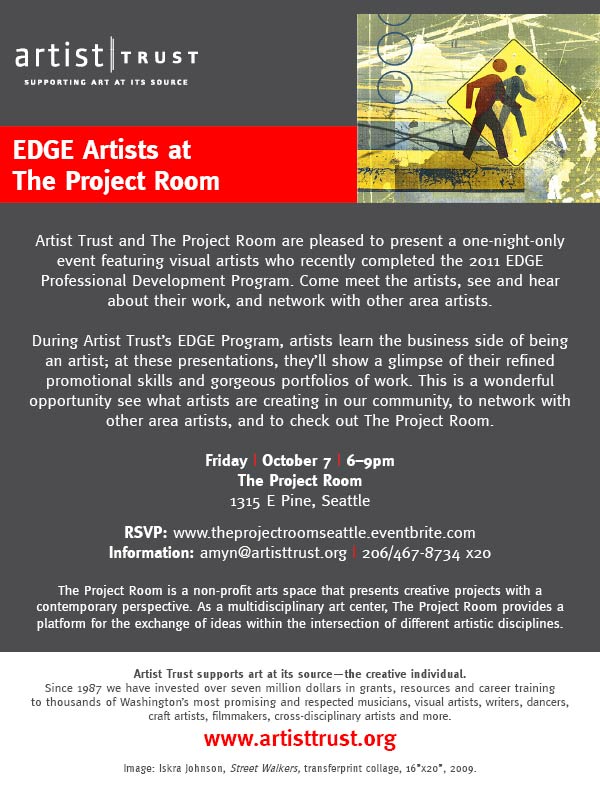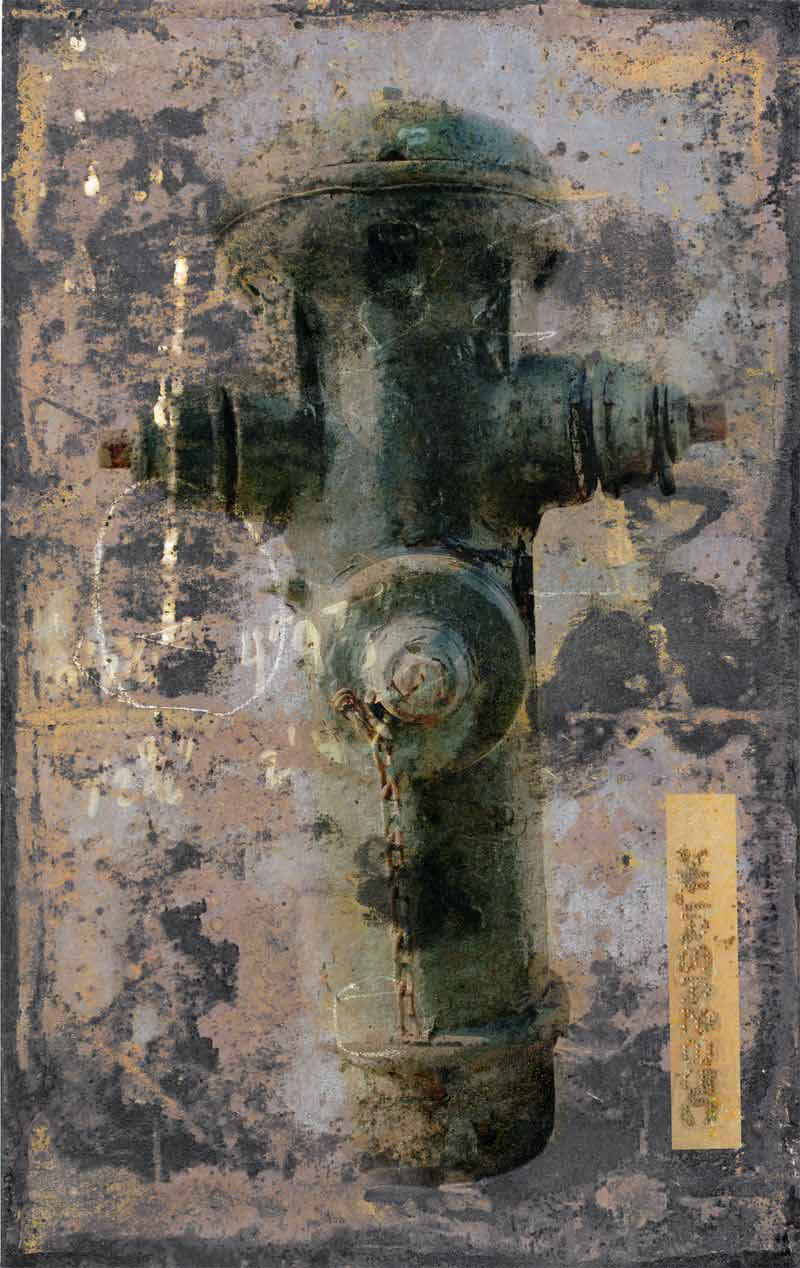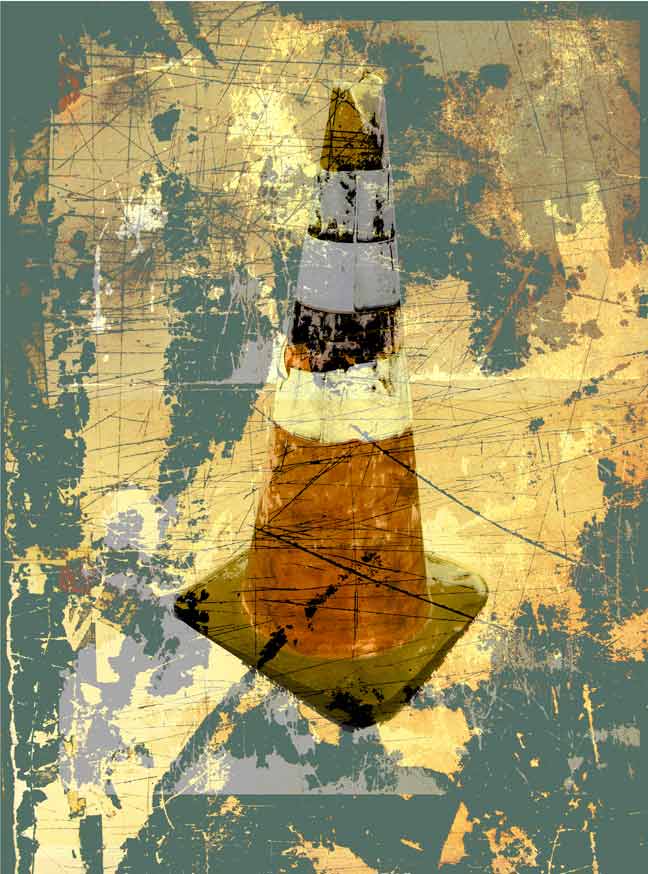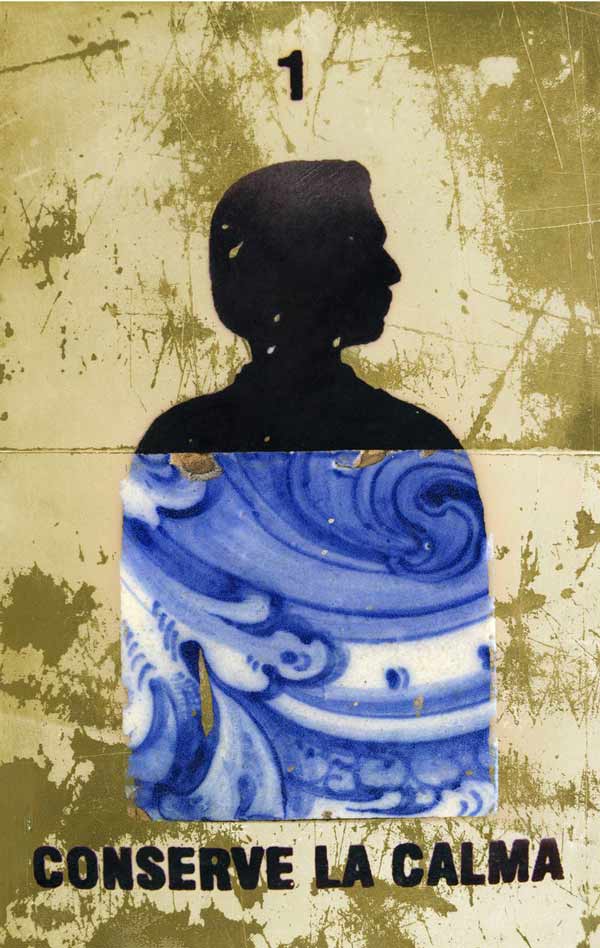I hope you will join me and the other recent graduates of the 2011 Artist Trust EDGE Professional Development at a presentation Friday October 7th. I’m very curious to see what The Project Room is all about. Many new spaces are opening up around Seattle, and this one looks very interesting.



